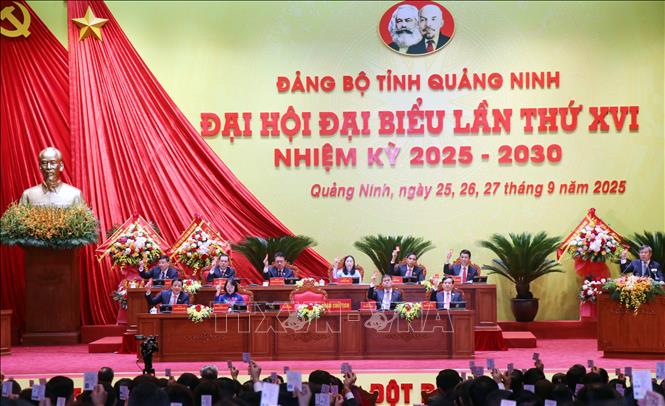
According to Directive No. 45-CT/TW dated April 14, 2025 of the Politburo on party congresses at all levels towards the 14th National Party Congress, grassroots-level congresses must be completed before June 30, 2025; congresses of party committees at levels directly above the grassroots level and party committees of communes, wards, and special zones must be completed before August 31, 2025; and congresses of party committees directly under the Central Committee must be completed before October 31, 2025.
Party congresses at all levels carry out four contents: Summarizing the implementation of the Party Congress resolution for the 2020-2025 term and determining the directions, goals, tasks, and solutions for the 2025-2030 term; discussing and contributing opinions to the draft documents of the 14th National Party Congress and documents of the directly superior Party Congress; electing the Party Executive Committee for the 2025-2030 term; electing the delegation to attend the Party Congress at the higher level.
Directive No. 45-CT/TW assessed that the Party Congresses at all levels for the 2025-2030 term are a broad political activity, taking place in the context of our country achieving many great achievements, important, outstanding and comprehensive results in the fields of: Party building and rectification and the political system; fighting against corruption, waste and negativity; socio- economic development, national defense, security and foreign affairs.
The 14th National Congress (taking place in early 2026) is an important political event of the Party and the country; a special milestone on the path of development, opening a new era, "the era of national growth".
At the working session with the Standing Committee of the 14th Party Congress Subcommittees on September 25, 2025, General Secretary To Lam requested that the Resolution of the Congress be considered a form of commitment of the Party to the people: Words must go hand in hand with actions, plans must go hand in hand with actions, and results are the highest measure.
Similarly, resolutions passed at party congresses at all levels must be practical and feasible. This is the most important “quality” of a “good” resolution. On the contrary, a “beautiful” resolution is shaped by a poetic style, “huge” targets but feasibility is a big question mark.
A resolution is considered good when it correctly identifies the requirements, tasks, path, and development methods of the country, the nation, each locality, each ministry, branch, unit, etc.
The material of a “good” resolution is nothing other than practice. The goals, targets, tasks, and solutions stated in the resolution all come from the demands of practice, from the experience gained when applying theory to practice, and the solutions are also based on objective and subjective factors of practice.
Building a "good" resolution is not easy. It requires collective intelligence and a process of evaluating, summarizing practices, researching theories, analyzing and forecasting trends and the movement of practices.
A “good” resolution defines the direction and goals that may not be grand but are close to the actual situation of the country, locality, ministry, industry, agency, and is scientific with breakthrough solutions and long-term vision, clearly indicating the resources for implementation. Determining the resources is decisive for the entire process of implementing the resolution.
A resolution with a beautiful form, on the contrary, is easily born in an air-conditioned room, far from reality, giving many directions with impressive goals and targets but lacking feasible solutions, rarely mentioning or vaguely mentioning resources for implementation.
A "good" resolution may not be as emotional as a "beautiful" resolution, but while a "beautiful" resolution often falls into a state of "laying on the shelf", a "good" resolution quickly comes into life.
A "good" resolution, in the words of General Secretary To Lam, is "close to the breath of life, concise, easy to remember, easy to implement; becomes a "textbook", a "dictionary" so that when needed, one can "look it up" and immediately see "the light to guide the way".
Source: https://baotintuc.vn/thoi-su/tien-toi-dai-hoi-xiv-cua-dang-thuoc-do-cua-mot-nghi-quyet-hay-20251008073824668.htm










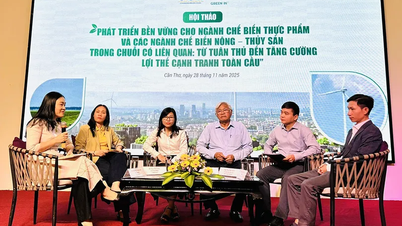





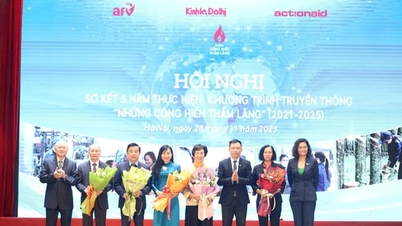

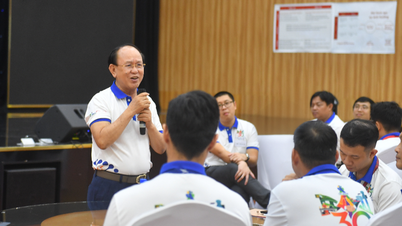


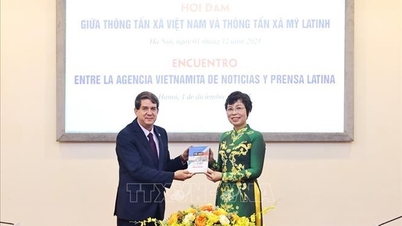
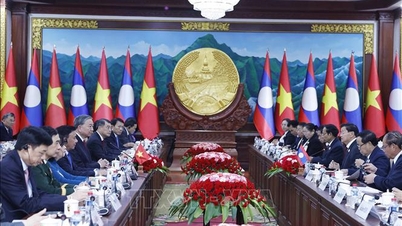
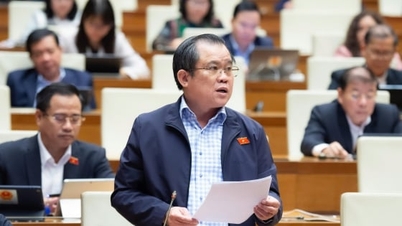

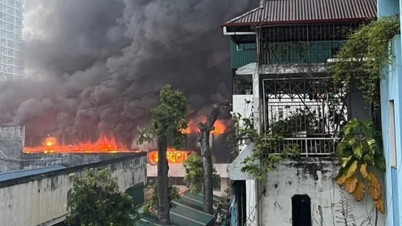






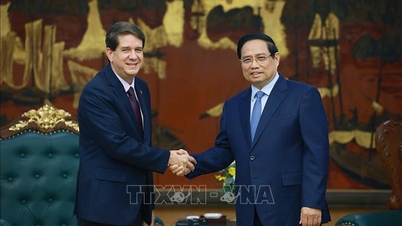
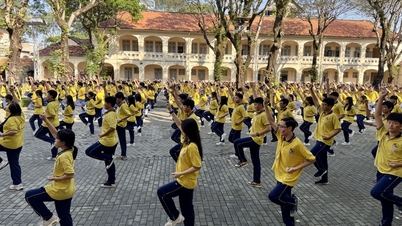
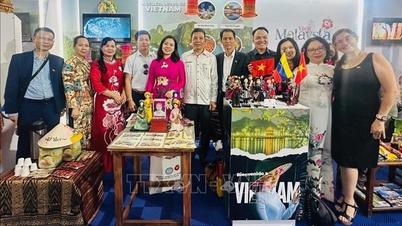

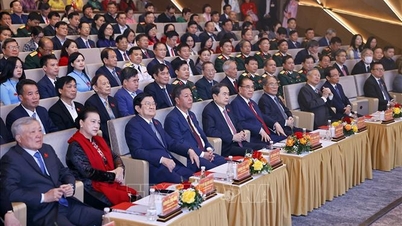


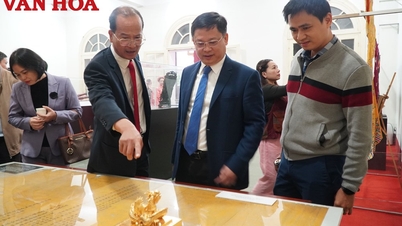



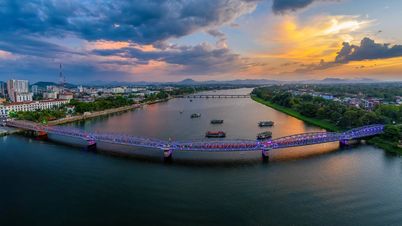

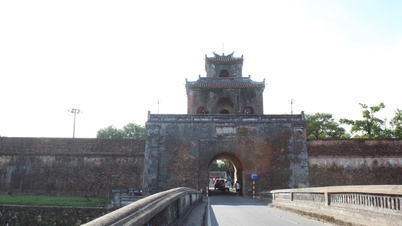

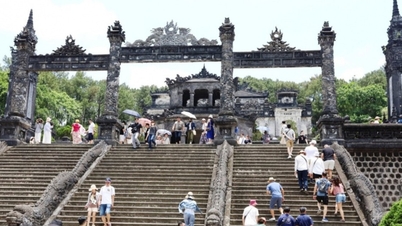
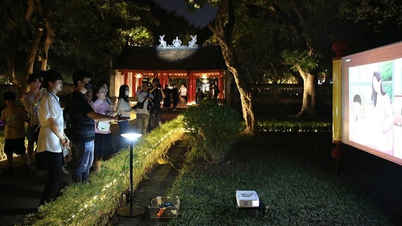

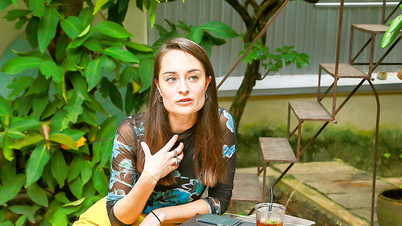

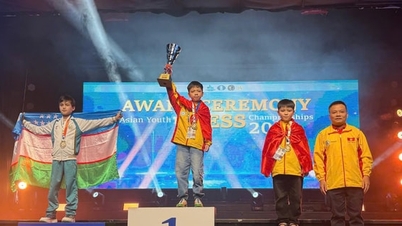











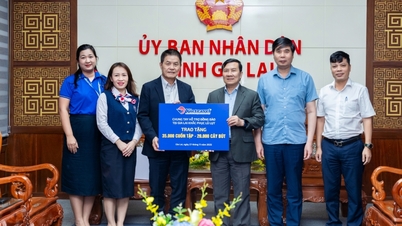
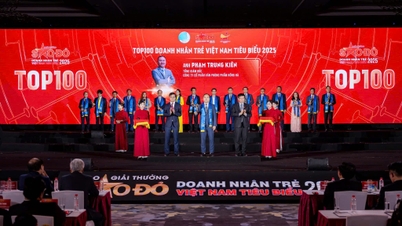






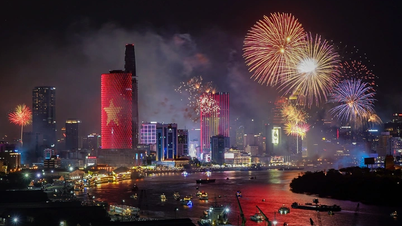

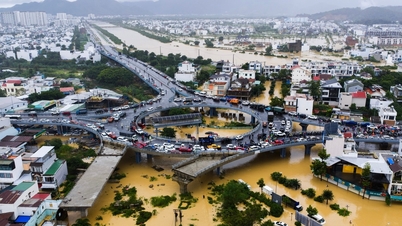

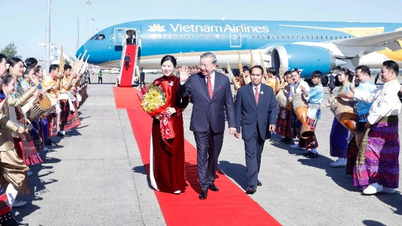
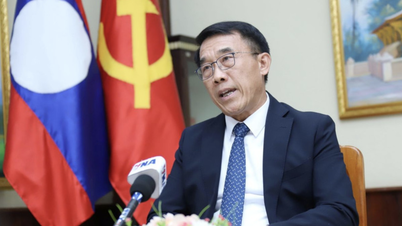


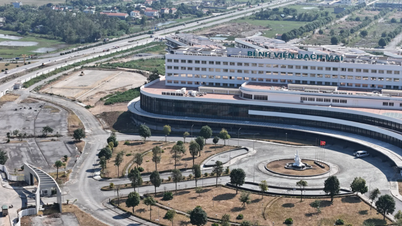



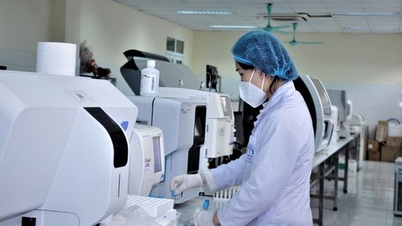


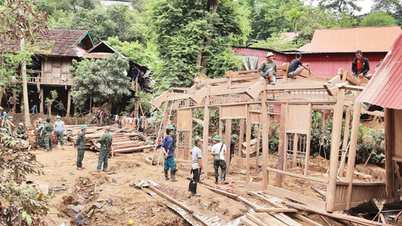

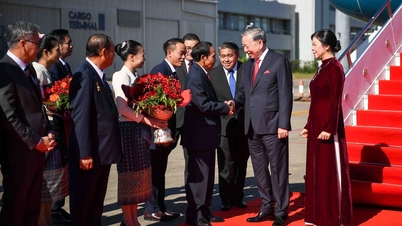

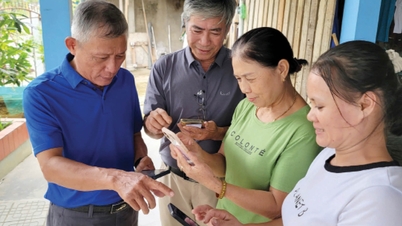

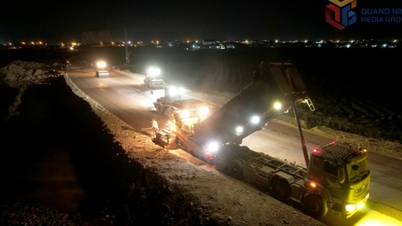

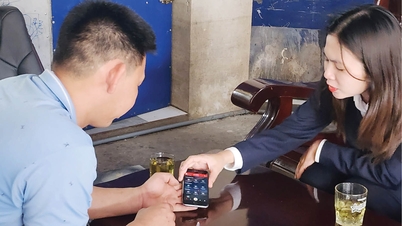
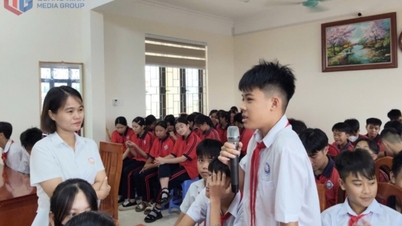
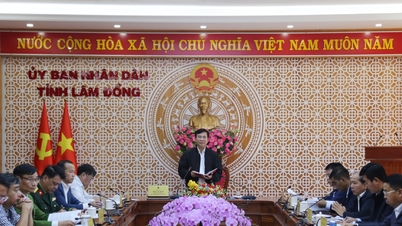












Comment (0)